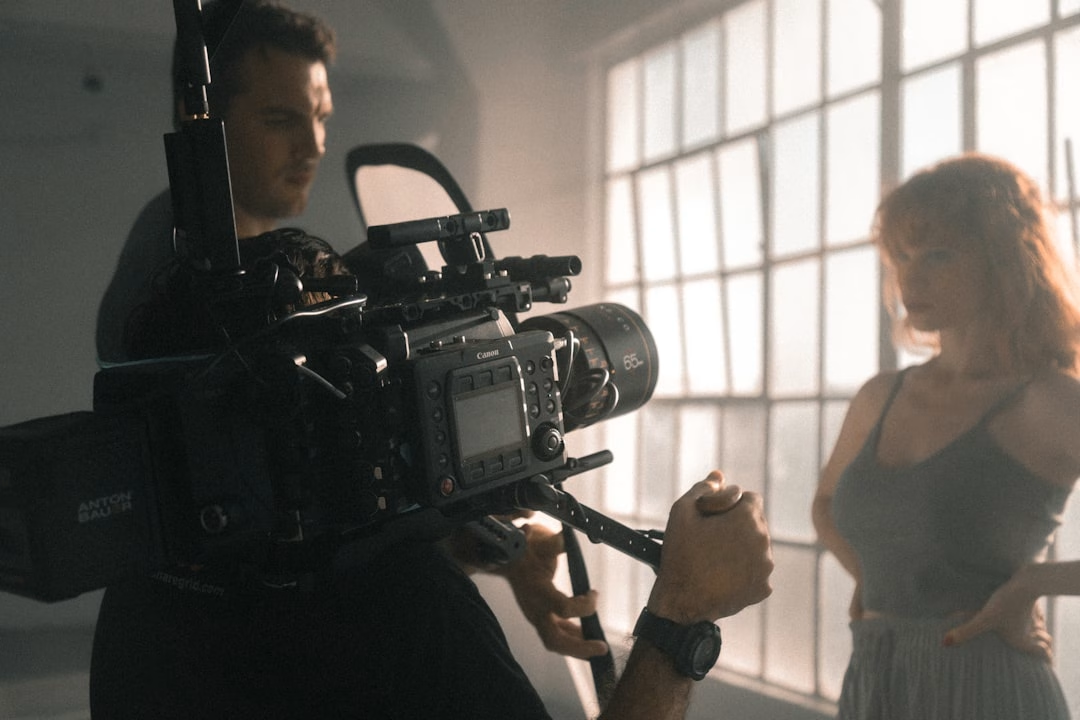The Art and Science of Sound Design in Movies
In the realm of filmmaking, there’s a magical art known as sound design that brings movies to life. It’s an underappreciated craft that plays a crucial role in elevating the storytelling process. The main goal of sound design in movies is not just to complement the visuals but to stimulate an emotional response from the audience. ‘The Art and Science of Sound Design in Movies’ will delve into the intricacies of this craft, its importance, and how it’s utilized to create cinematic masterpieces.
The Essence of Sound Design
Sound design in films is the process of creating, recording, and manipulating auditory elements. It covers everything audible in a movie – from dialogue and music tracks to sound effects and ambient background noise. It’s an essential storytelling tool that can reinforce the mood, setting, pace, and overall narrative of the film.
Main Aspects of Sound Design
- Dialogue: Clear dialogue is vital to carry the story forward. A sound designer ensures that the dialogue is audible, clear, and syncs well with the characters’ lip movements.
- Music: A carefully curated music score can convey various emotions, suspense, and drama.
- Sound Effects (SFX): These are artificially created or enhanced sounds used for creative storytelling. SFX can include anything from doors creaking, glass shattering, to gunshots and roaring engines.
- Ambient Sounds: These are background sounds specific to the scene’s setting, like chirping birds in a forest or a bustling city’s noise.
- Foley: These are recreated sound effects added in post-production to enhance the film’s realism. Foley can include footsteps, rustling of clothes, or clinking of dishes.
Impact of Sound Design on Storytelling
The sound design of any film greatly impacts its storytelling. By creating an auditory landscape, sound designers can communicate the scene’s context, evoke specific emotions, and guide the audience’s perception. A well-designed soundtrack can heighten suspense, elicit tears, or trigger laughter, significantly enhancing the viewer’s immersion in the film’s world.
Conclusion
The art and science of sound design are complex and multifaceted, integral to the filmmaking process. It plays a pivotal role in conveying the story and creating an emotionally rich and realistic cinematic experience. The next time you watch a movie, take a moment to appreciate the intricate layers of sound that have been woven together to enhance your viewing experience.
